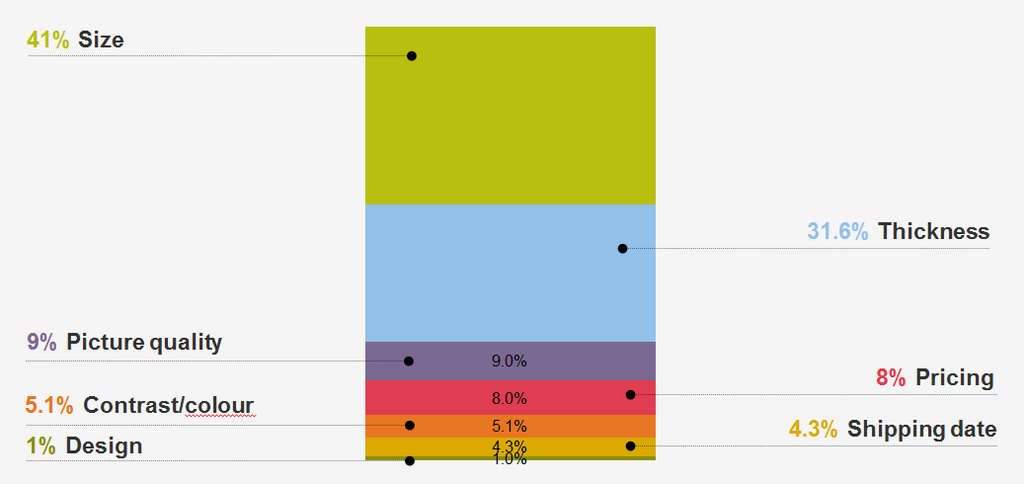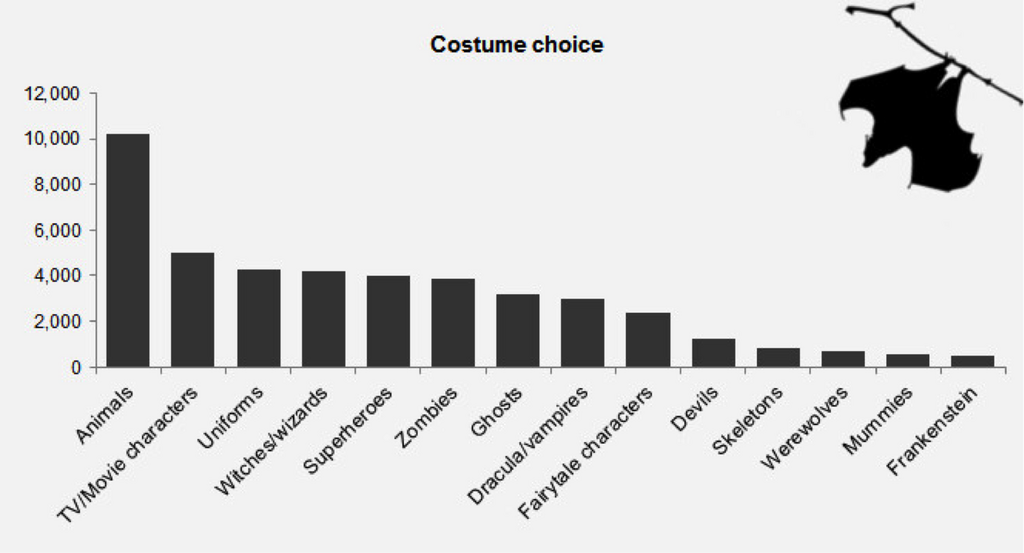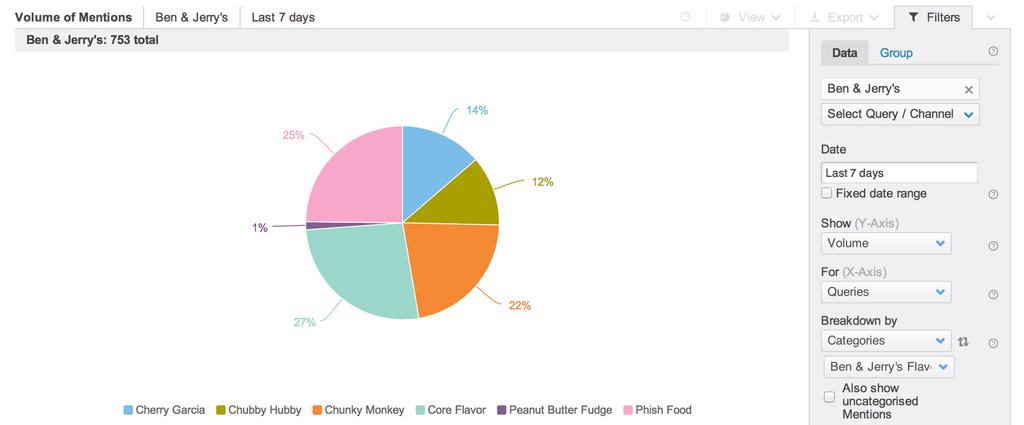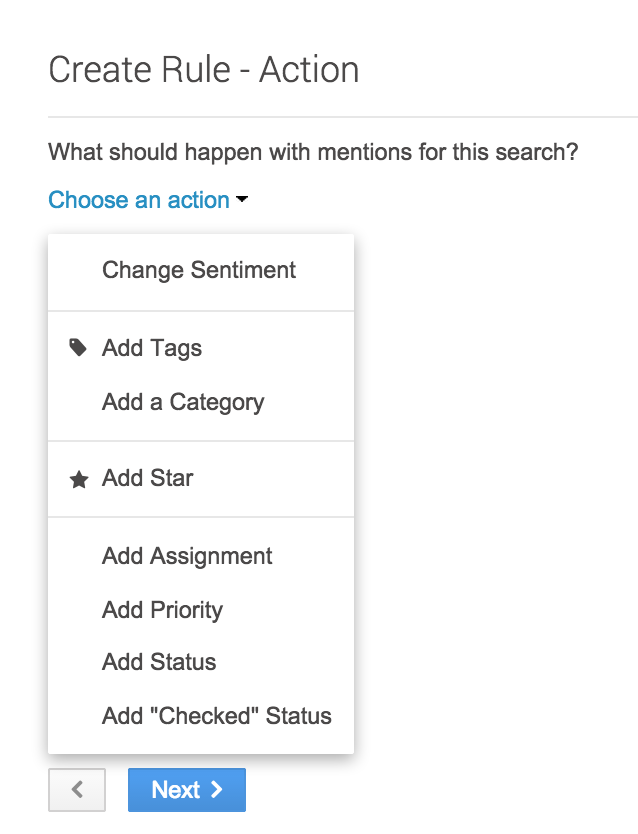10 Social Listening Tools and Who They’re Best for
By BrandwatchJul 14
Join us and boost your social media potential with our data-led event
Many of our clients use categorization and tagging to segment their data. Tags and Categories are two of the most powerful features of Brandwatch as it allows you to chart and filter your data in more interesting ways.
But often new clients get confused between the two. When should you be using Tags or Categories? What’s the difference?

In Brandwatch, you can tag and categorize mentions as much as you like into as many buckets as you like. You can segment them either individually, in bulk or by using Rules.
Many of our clients use them to filter incoming mentions into particular buckets according to which teams they are most relevant to, such as community management, customer service, product feedback, press requests, and so on.

 Here’s an example of using Categories to identify topics of conversation about specific aspects of a product.
Here’s an example of using Categories to identify topics of conversation about specific aspects of a product.
In this case, we analyzed conversation about the LG OLED TV and sliced and diced mentions about its main features:

At Brandwatch, we also use them for our blog.
During Halloween, for instance, we looked at conversation about dressing up, and categorized the data according to what costumes people were intending to wear to discover any interesting patterns:

Categories and Tags are both great ways to slice and dice your data in any shape you want.
They allow you to segment your data by customer profile, by emotion, by conversation type – anything you want. Technically, creating a Rule pointing to a Tag or a Category will do the same.
The key difference is that Tags are better used when you want to be flexible with the data, or if you want to Tag something on the spot quickly.
For instance, if you want to quickly track a trending hashtag or if you would like to filter all your data by a specific keyword.
However, having too many tags can be confusing and take more time to select when you’re creating charts in Brandwatch. That’s where Categories come in.
Categories should be used when you want to categorize a lot of data.
For example, if you want to look at the conversations around Ben & Jerry’s different products, you could set up lots of subcategories for the different flavors.
 One of the most basic uses of Categories is to track and compare brands, product types, topics and other key terms within your Query.
One of the most basic uses of Categories is to track and compare brands, product types, topics and other key terms within your Query.
If you only want to look at the buzz around one specific ice cream flavor of Ben & Jerry’s, it should be quicker and easier for you to just set up one Tag.
Tags: Allow you to segment data by customer profile, by emotion, by conversation type or anything you want. They can be added automatically with Rules or Bulk Actions and once applied you can use them to filter or chart your data.
Categories: Provide a structured way to segment your data. They are similar to Tags, but allow you to group related data attributes with sub-categories. They can be added automatically with Rules or Bulk Actions and once applied, you can use them to filter or chart your data.
Within Brandwatch, you have a couple of ways in which you can create Tags and Categories: within the Mentions & Search component in your Dashboard or via the Rules menu under the Tools section within the Sidebar.

If you’d like to segment data going forward, you will have to create a Rule, explaining Brandwatch the action that needs to be taken. Once you set up a Rule, your mentions will be classified exactly as you need going forward.
Rules: Rules are a great way to slice and dice your data in any shape you want while cutting down on lots of otherwise manual and time-consuming work. They allow you to automatically perform actions on mentions, both in the future & historically, based on the searches and filters you define.
Dive into the Rules section of the platform and follow these seven simple steps:
You can now filter any chart by your Categories or Tags in your Brandwatch Dashboard. Click apply, et voila!

At Brandwatch, we like to allow as much flexibility as possible when it comes to your data.
There are no limits to your Tags or Categories. You can set up as many buckets to categorize your data as you wish.
Most marketers agree that the art of slicing and dicing your data drives better results. Creating messages for each target group, tagging and assigning mentions and making sense of your big dataset is a tough task. But with the help of our Tags & Categories, the segmentation game is far easier.
Now that you’ve mastered Tags and Categories, check out other posts on our blog with lots of other useful tips on how to segment your data, or get in touch with one of our experts if you’d like to know more.
Offering up analysis and data on everything from the events of the day to the latest consumer trends. Subscribe to keep your finger on the world’s pulse.
Existing customer?Log in to access your existing Falcon products and data via the login menu on the top right of the page.New customer?You'll find the former Falcon products under 'Social Media Management' if you go to 'Our Suite' in the navigation.
Brandwatch acquired Paladin in March 2022. It's now called Influence, which is part of Brandwatch's Social Media Management solution.Want to access your Paladin account?Use the login menu at the top right corner.